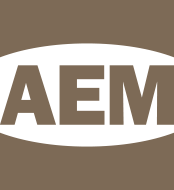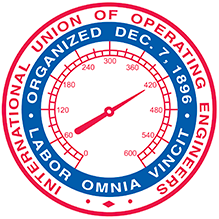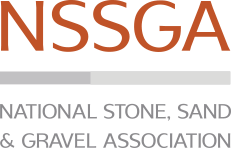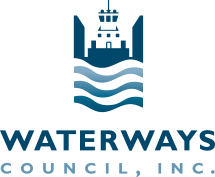About Us
America's Economic Expressway is a future-oriented project of partners representing a diverse coalition of thinkers, designers, users and builders of America's state-of-the-art infrastructure. We are working together to unleash America's economic might through a new, high-performance shipping network connecting our major ports, inland waterways, railhubs, airports and pipelines.
Partners
Methodology & Sources
How Transportation Methods Yield Dividends
Growing Economy:
Creating Jobs:
2015 Conditions and Performance Report
U.S. DOT Employment Impacts
Note: Investing in the National Highway Freight Network will support and create jobs throughout all sectors of the economy. The Federal Highway Administration estimates that every $1 billion in highway investment supports 13,000 jobs. The U.S. Department of Transportation’s 2015 Status of the Nation’s Highways, Bridges, and Transit: Conditions & Performance Report identified an annual average investment level of $31.8 billion (2012 dollars) would be needed on the nation’s 47,700 miles Interstate Highway System to make all cost-beneficial improvements. The National Highway Freight Network includes most of the Interstate Highway System, plus an additional 18,000 miles of major roadways connecting the nation’s major intermodal facilities. Assuming the needs are similar on these roadways, an annual investment level of $44 billion on the National Highway Freight Network would support nearly 572,000 jobs.
Saving Fuel:
American Highway Users Alliance - Unclogging America’s Arteries 2015
Saving Lives:
Freight Network Map Sources & Methodology
The Nation’s Growing Demand:
U.S. Census Bureau, Population Projections, 2014
U.S. DOT, Bureau of Transportation Statistics and FHWA Freight Analysis Framework, Version 4
State Level Top Commodity and Import/Export Data:
FHWA Freight Analysis Framework, Version 4
Note: National Highway Freight Network miles include current and potential mileage for each state.
Congestion Map Sources & Methodology
The Nation's 12 Most Congested States:
American Highway Users Alliance - Unclogging America’s Arteries 2015
Methodology: Highway bottlenecks, including the top 50 which were the source for the data in this map, tend to cluster around metropolitan areas. One metropolitan area may include several major bottlenecks that made the top 50 list, and a given state may include more than one listed metropolitan area. This map adds figures from specific bottlenecks up to the metropolitan area level, and then metropolitan areas up to states.
Note: New Jersey shares the New York metropolitan area with New York state. However, New Jersey figures represent only those bottlenecks which occur in New Jersey (for example, on the New Jersey end of the Lincoln Tunnel).
Note: National Highway Freight Network miles include current and potential mileage for each state.










